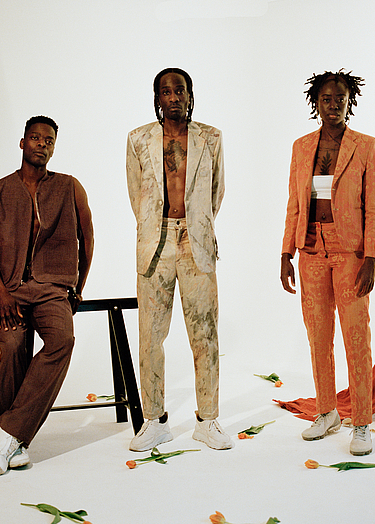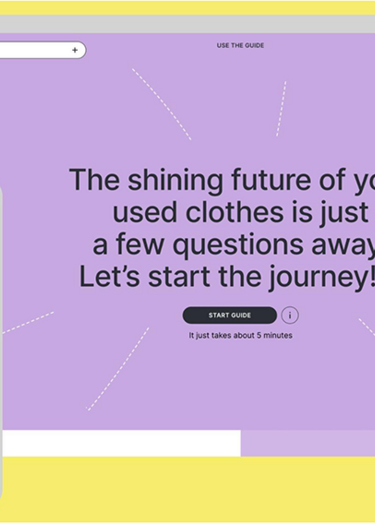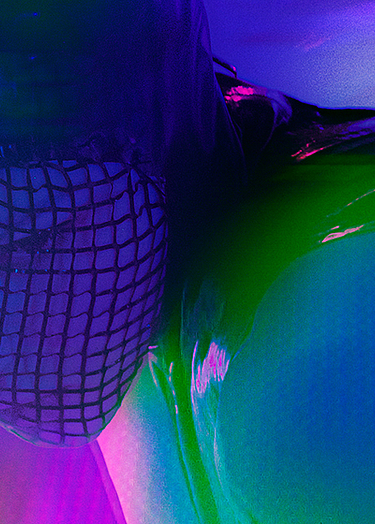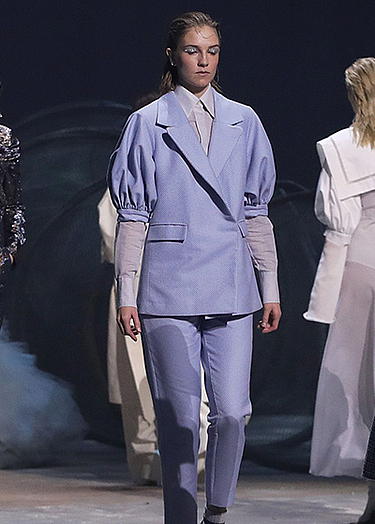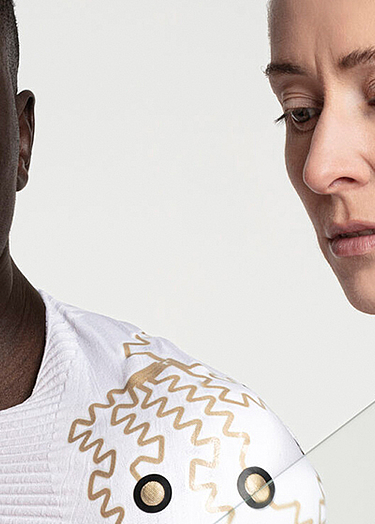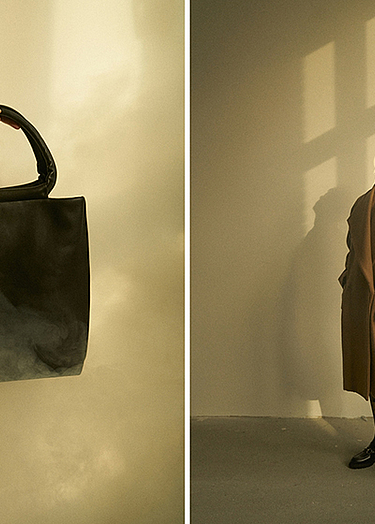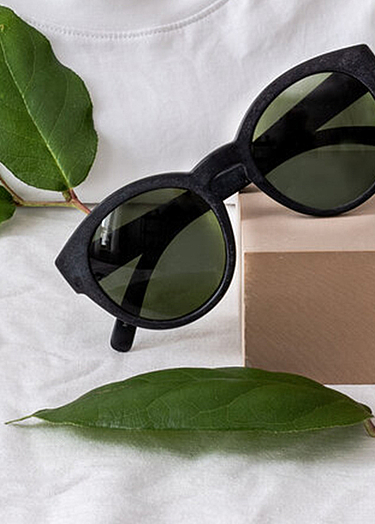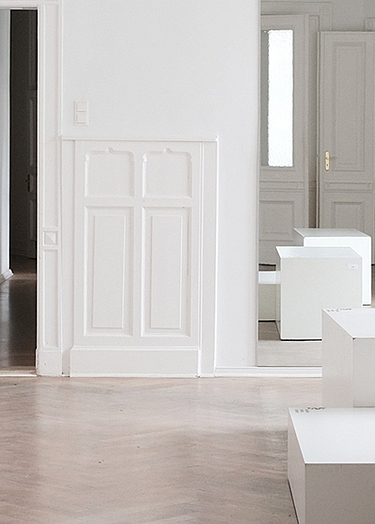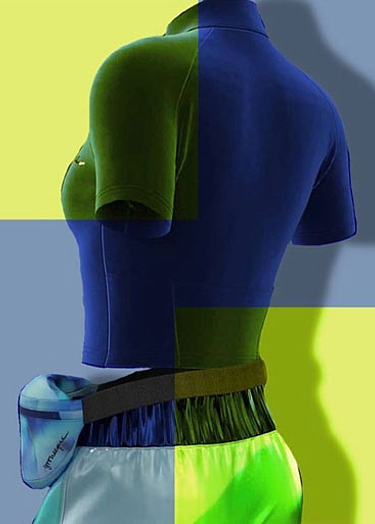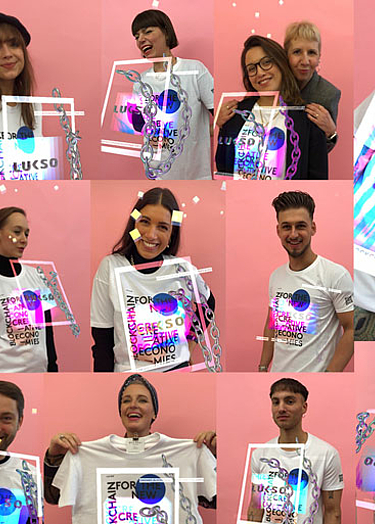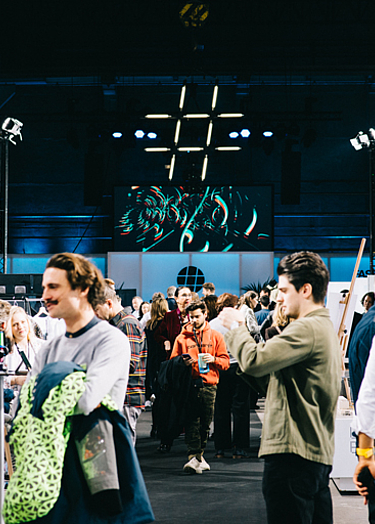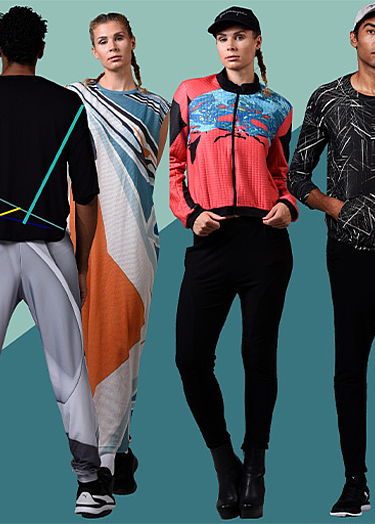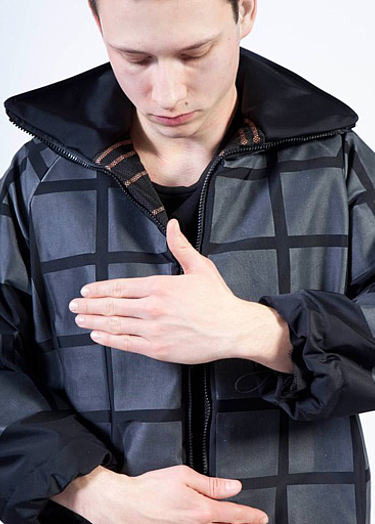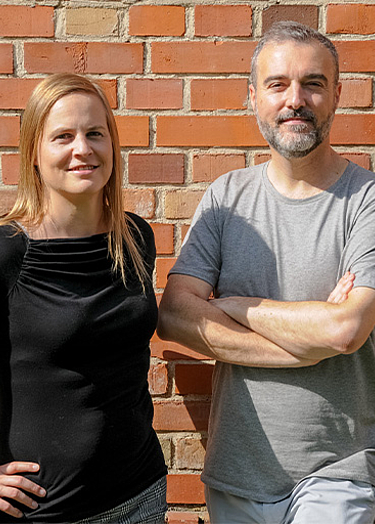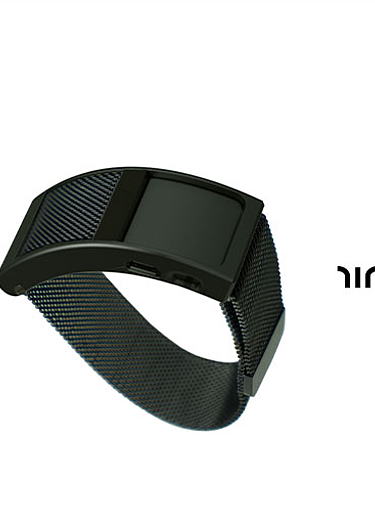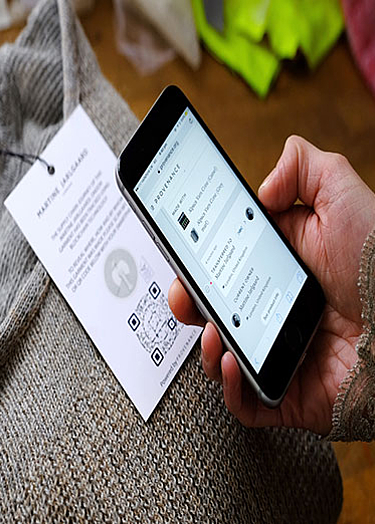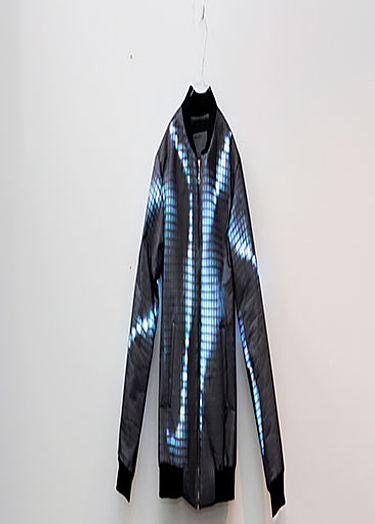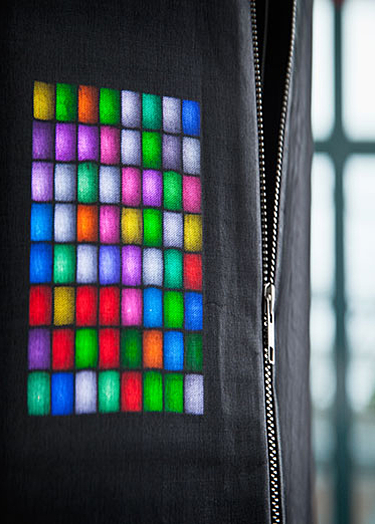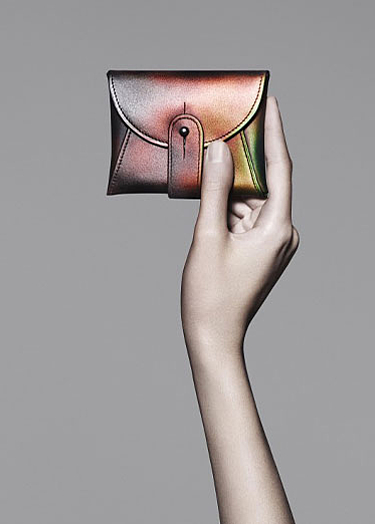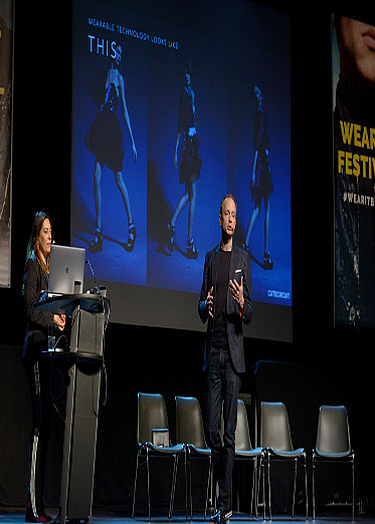Trend
Interview with Traian Luca, CEO Gemini CAD Systems
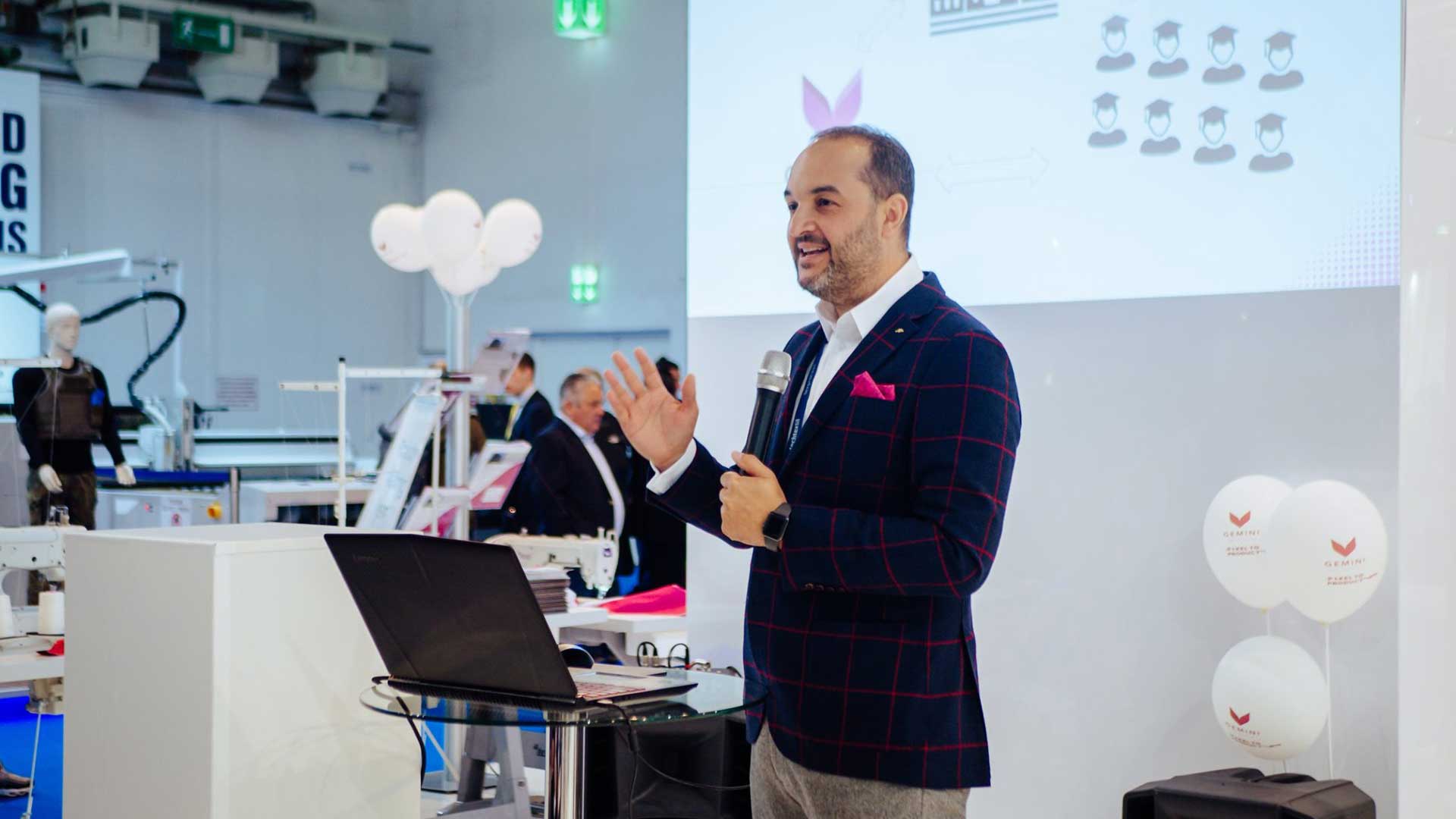
What can modern technologies do for design and how do they impact sustainability? Gemini CAD Systems showcased at NEONYT 2019 in Berlin it’s “Pixel To Product” complete micro-factory for high-end fashion. We talked with Traian Luca, CEO and Co-founder of Gemini CAD Systems about Computer Aided Design (CAD) and Computer Aided Manufacturing (CAM).
Mr. Luca, what does fashion design mean to you?
The expression “Fashion Design” must be clarified before we proceed the discussion. In a simple and naïve understanding fashion design means sketching a dress on a sheet of paper, clipping some fabric cuts and adding some colors. But this far from the fashion design needed to produce a blouse on a hanger in a Zara shop. So, a proper definition of fashion design must be extended to include what is known as Product Development. Of course, several people with different specialities must be involved in this process, but it is very important to look at this as an unitary, compact flow, in which tools, technologies and competences must be compatible and complementary to each other.
Which possibilities does CAD offer for fashion design?
The design should be aided by computer. That is the definition of CAD (Computer Aided Design). Expressing aesthetic idea through a digital tool might be frustrating for an artist, used to have the freedom of sketching some drawings on the back of an A4 Excel sheet. But fashion means art applied in business. So one must be concerned about the applicability of the results of its artistic inspiration. Also, the flexibility and capability to respond to the feedback loop from the stakeholders in the process. This is the moment when CAD tools show their true value.
How does CAD affect the process of production in question of sustainability?
CAD means efficiency, applied in many directions, some obvious, some not. Substituting physical samples exchanged by air courier with digital simulations can dramatically reduce the carbon footprint and time. Improving the way information about the product is accurately presented to the consumer as a result of digital development can reduce returns which now stand for a huge waste of resources. High efficiency nesting and production planning tools reduce consumption of fabric. As an example, the annual savings in fabric consumption obtained by using Gemini Nest Expert worldwide have an impact of 210.000 tons CO2.
What does CAD mean for young designers? Can anyone get fashion designer with CAD?
CAD is a tool. It does not provide talent, it does not provide inspiration. But it empowers those who have the right qualities. Young designers ignoring CAD are like photograph artists ignoring PhotoShop.
Is the development of CAD completed or can we expect new features in the future? Which features are in development?
CAD is evolving very fast and will continue this trend. Most of the improvements will be made in integrating CAD tools upstream and downstream, to create the premises for automation and Industry 4.0. CAD is currently being empowered by multiple cloud platforms, providing libraries of resources such as fabrics, accessories, body dimensions and 3D scanned avatars, integration with e-shop platforms, etc. This flow of information creates the possibility to automate also parts of the product development and customization, which are part of CAD process.
What does CAM do for more sustainability in fashion manufacturing?
CAM (Computer Aided Manufacturing) is a direct consequence and application of CAD. Fortunately, we can make today the statement that CAM is already the usual way of producing in fashion, or at least when we talk about large scale manufacturing. Implementation of CAM in smaller production facilities means lowering the labour costs and creates the opportunity to re-start manufacturing locally, through micro-factories and automated plants. CAD/CAM solutions also allows shorter delivery terms, enhancing the experience when ordering customized products. Just-In-Time production means avoiding unnecessary stocks and waste.
(How) do designer profit from CAM?
Designers will not „benefit” from CAM, but rather have more responsabilities for CAM, because the source of data necessary for CAM must be generated by them during product development in the CAD. That makes them of course more important in the equation, because they will be the one driving the actual manufacturing tools. Industry cannot afford to have some „artists” sketching dresses followed by „engineers” designing and creating CAM data. The information must be generated once and be ready for production. Our new software tools are ready to empower the designer to assume this new role of „product developer”, and they must respond by taking this opportunity.
